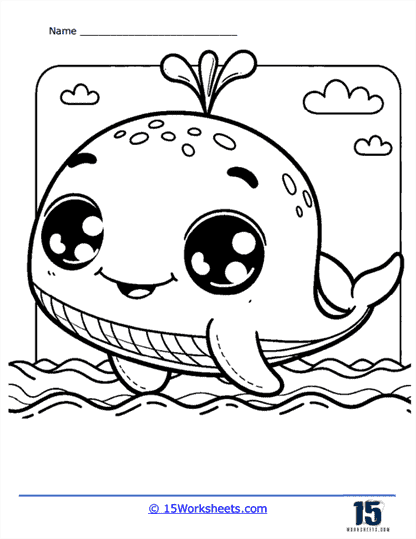Animals Worksheets
About These 15 Worksheets
Animal coloring pages are creative resources featuring illustrations of various animals, designed for individuals to color and interact with creatively. These pages provide an enjoyable and educational activity for children and adults, offering a wide range of images that depict animals from different habitats, environments, and categories. Through coloring, individuals can explore and learn about the animal kingdom, enhancing their understanding of wildlife and the natural world.
Coloring is a calming activity that can provide relaxation and stress relief for children and adults. Engaging in a peaceful, creative task helps to reduce anxiety and provides a mental break from more challenging academic tasks. This relaxed state of mind can enhance overall well-being and improve concentration in other areas of study.
Curiosity sparked by animal coloring pages can lead children to further research about the animals they color. They might look up information in books or online to learn more about the animal’s diet, habitat, and behavior. This practice of seeking additional information fosters research skills and encourages lifelong learning.
Animal coloring pages often depict animals in their natural habitats, which can lead to discussions about ecosystems, habitats, and environmental conservation. By coloring these pages and learning about the importance of each animal in its environment, children develop a sense of responsibility towards protecting nature and preserving wildlife.
Animal coloring pages encompass a diverse array of illustrations, each category offering unique educational and creative benefits. Here are some of the different types of animals you would expect to color on these types of pages:
Domestic Animals
Domestic animal coloring pages feature illustrations of animals commonly found in homes and farms. Examples include dogs, cats, horses, cows, chickens, sheep, and pigs. These pages help children become familiar with the animals they might encounter in their daily lives. Coloring these animals can teach children about the roles these animals play in human society, such as pets, livestock, or working animals.
Wild Animals
Wild animal coloring pages depict animals that live in forests, jungles, savannas, and other natural habitats. Examples include lions, tigers, elephants, giraffes, zebras, bears, and wolves. These pages offer an opportunity to explore the diversity of wildlife around the world. Coloring wild animals can spark curiosity about different species, their behaviors, and the ecosystems they inhabit.
Marine Animals
Marine animal coloring pages feature illustrations of animals that live in oceans, seas, and other bodies of water. Examples include fish, dolphins, whales, sharks, octopuses, sea turtles, and seahorses. Coloring these animals helps children learn about marine life and the importance of aquatic ecosystems. It can also provide a platform to discuss topics such as ocean conservation and the impact of pollution on marine species.
Birds
Bird coloring pages showcase various species of birds, both common and exotic. Examples include eagles, parrots, owls, robins, peacocks, and flamingos. These pages introduce children to the fascinating world of avian life, highlighting the diversity of bird species, their unique features, and their roles in the environment. Coloring birds can also teach children about flight, migration, and birdwatching.
Insects and Arachnids
Insect and arachnid coloring pages depict creatures such as butterflies, bees, ladybugs, ants, spiders, and beetles. These pages help children understand the vast and varied world of insects and arachnids. Coloring these animals can teach children about the importance of insects in pollination, their roles in ecosystems, and the fascinating ways they adapt to their environments.
Reptiles and Amphibians
Reptile and amphibian coloring pages feature animals like snakes, lizards, turtles, frogs, and salamanders. These pages introduce children to the unique characteristics and life cycles of reptiles and amphibians. Coloring these animals can spark discussions about cold-blooded animals, their habitats, and their adaptations for survival.



















